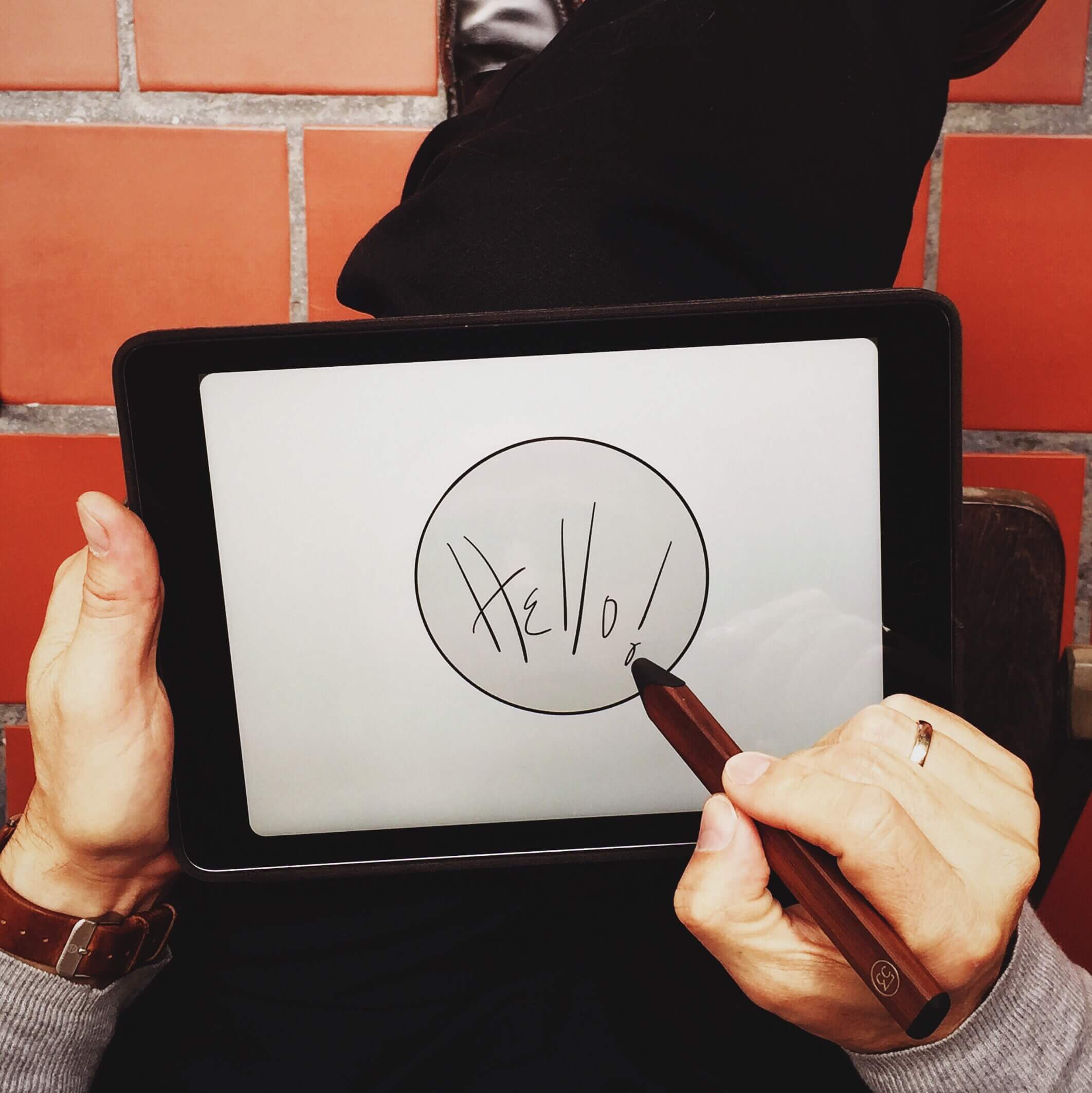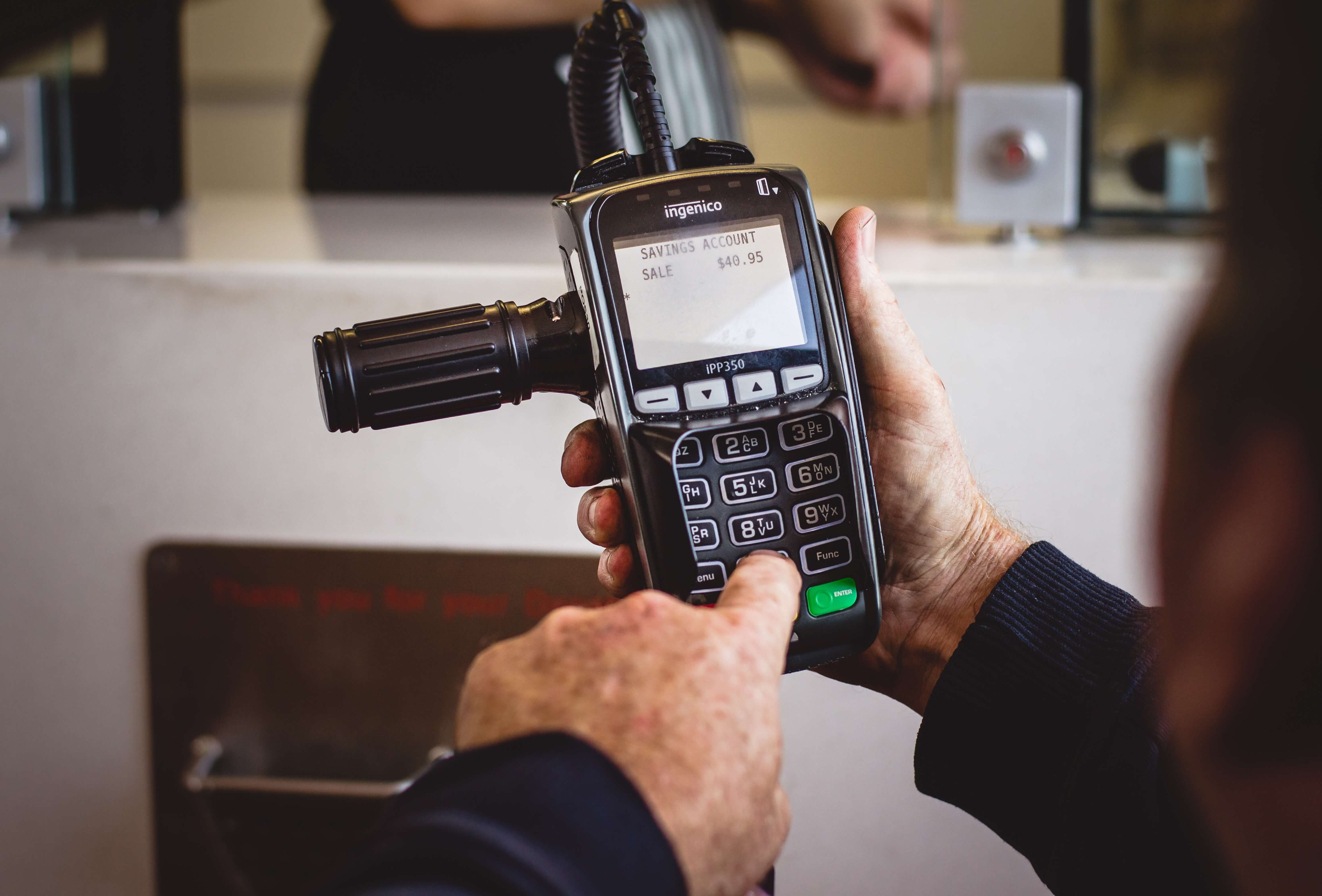Whether you are just starting out in the hospitality scene or the proud owner of a restaurant empire, you can leverage technology in your business. Previously, the best technology was in the hands of the huge chains. Now, EPOS systems level the playing field between large and small businesses by making technology more accessible to everyone.
In a society that is using less and less cash, an EPOS system is an essential addition to your business. Accepting debit and credit card payments is vital for business growth. How often have you had people asking you if you take cards? Not having the technology to do so can end in the loss of customers.
Now anyone, no matter how large or small, can have access to the latest in POS technology, putting intelligent technology at the heart of their business.
New to the world of EPOS? Here’s where to start.
What do you need from an EPOS system?
There are many options available to you, but you must first identify what your business needs and how an EPOS system could help. An EPOS system is a lot more than the traditional till, and you should be clear on what one can do for your business. Choosing the right EPOS system is just one part of the process. You need to make sure that your EPOS hardware does what you need it to.
The hardware that you choose will impact on what your EPOS system is capable of, and how you use it.
Do you want to be able to ring up orders anywhere in the store? Do you want your EPOS to link to your e-commerce store? Do you need a reliable receipt printer? Do you need a barcode scanner for speedy service? Perhaps you’re looking for a solution that gives you the functionality of a full EPOS but with a small footprint.
Receipt printers
You may find that your business’s location and environment dictate the type of EPOS hardware you choose. Receipt printers, which connect to your iPad in a variety of ways, can also change depending on your business.
Receipt printers tend to connect to your iPad using either Wi-Fi, LAN, Bluetooth, or USB. Each type of connection has its own pros and cons. Wi-Fi printers are flexible and you can connect several to a single iPad, but they’re harder to set up and rely on you having a decent Wi-Fi network.
USB printers, by contrast, connect directly to your iPad using a Lightning cable, meaning that connectivity will never be a problem. The only negative to this is that you can only connect one printer to your iPad.
You must also consider the amount of transactions that the hardware is likely to have to deal with. A Bluetooth printer is a great option for many businesses with a low number of transactions. However, businesses that experience a large number of transactions will be better suited to a LAN receipt printer. This enables faster, reliable, long distance communication.
There are two major providers of EPOS printers: Epson and Star Micronics. Their products are similar, but some EPOS systems only combine with one or the other, not both. This is something to think about if you’ve already got EPOS printers set up.
Most receipt printers are thermal printers. So in certain environments, such as hot and crowded kitchens, a Star SP700 printer might be a better option. These are more resilient to hectic environments, but they’re noisier and print at a lower resolution than thermal receipt printers.
Low on space in your establishment? One option might be an all-in-one model like the Star mPop, which integrates a receipt printer and a cash drawer into one compact, sleek unit.
iPads

When it comes to investing in technology for your business, the staff who will have to use it should be at the forefront of your mind. Will they find it easy to use? Will they prefer it to the old system? Will it cause them stress? Luckily, iPads are designed in a way that anyone can use them.
Apple is so successful because their software is designed to be simple and fast. One major benefit of an iPad-based EPOS system is that your staff will need virtually no training — they’re likely already accustomed the iPad’s interface. The old touchscreens and punch tills need specialist training, on the other hand.
They’re also far more convenient to maintain. If the iPad that you’re using as an EPOS stops working, you can simply download your EPOS app to another iPad and use that instead. When your touchscreen till breaks down, however, you might have to pay for a repairman to come out and service it, or, worse, pay thousands to replace the whole system.
Unlike custom touchscreen and push-button point of sale systems, which utilise specialist (and occasionally pricey) technology, iPads are consumer goods priced for the average consumer. You can find iPads for sale pretty much anywhere, or get one delivered to your door with just a few clicks. If expense is an issue, then there’s a vast number of second-hand models available for significantly less than a brand new model.
Additionally, whereas original till system look clunky and take up space, iPads are more aesthetically pleasing and fit with the decor of most restaurants. They’re also easily portable, but if security is a concern, you can help protect your new tech by investing in Heckler WindFall. It’s a stand that fixes onto your counter making it a lot more difficult to steal.
Card readers

A card reader is another essential piece of the EPOS system. You’d have to have been living in a cave to not have witnessed the huge rise in contactless payments over the past few years. Moving to an EPOS system will put you in a great position to take advantage of the latest payment technologies.
Payment processors tend to supply their own card terminals (normally on a lease), so the payment processor will determine which card terminal you’ll be working with. All card terminals essentially do the same thing, which is allow you to take card payments.
The only differences lie in the aesthetics. Worldpay make heftier card machines, equipped with a large screen that can display branding and an inbuilt receipt printer. These are leased to merchant providers like Paymentsense and PayZone.
SumUp and iZettle’s, on the other hand, are compact, sleek, and fit in your pocket. They’re pretty much a PIN pad and a screen, powered by a rechargeable battery.
Essentially every modern card terminal comes with NFC facilities. This means they can accept payment using contactless cards and phone-based payment systems like Apple Pay and Google Pay.
You should also consider whether your card terminal is integrated with your EPOS system. You can send payment details directly from your iPad to your card reader if they are connected. If they’re not, you’ll have to input each transaction yourself. Integrated payments are a godsend if you’re in a establishment with lots of transactions to process. They are especially effective at cutting down queue times.
To Conclude
An EPOS will not revolutionize your business, but it can certainly help.
You want your customers to enjoy your business, and updating your old cash register is another step on the way to making it happen.
When it comes to investing in an EPOS system, you must remember that these are not a-one-size-fits-all type of technology: different businesses will require different features from their EPOS systems. You need to be clear about what you want and be vocal about your needs to your supplier. Be clear and vocal of your business needs to your EPOS supplier, and they’ll be able to tailor the hardware to fit your requirements.
The data and digestible reports that EPOS system provides will give you actionable insights into your business that you would not have noticed before. Find out what are your most popular products, when the busiest times are, and who are your most loyal customers. These are the facts that will inform your decisions to expand your business.
George is one of Nobly POS‘s co-founders. He’s completed a masters in Management and Organisational Analytics and has helped build digital teams and products for companies such as BSkyB and McKinsey & Company. It was at the latter where he met his fellow Nobly co-founders and the rest is history- they’ve been providing EPOS systems for coffee shops, delis, restaurants and bars for five years.